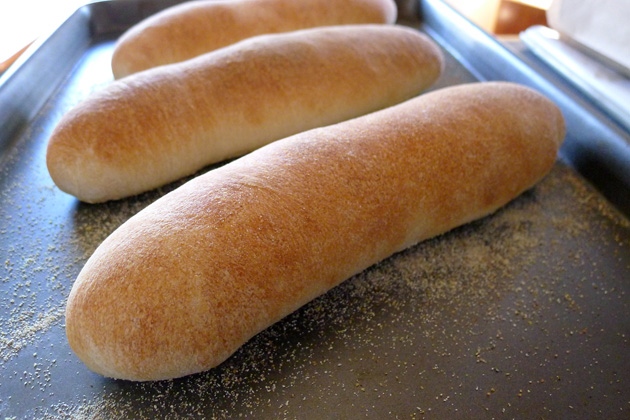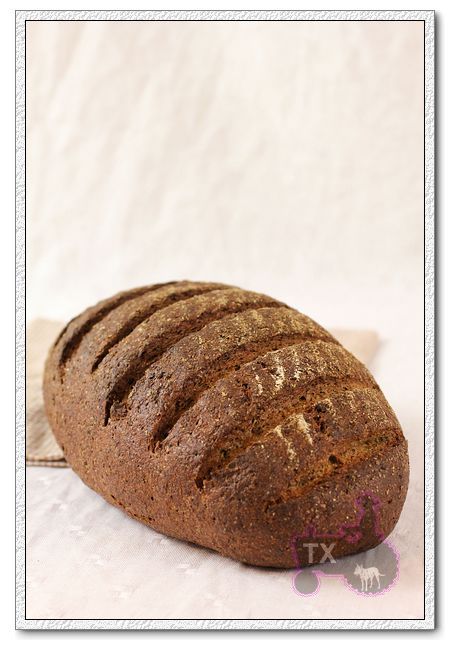repeat posts
Why are there so many repeat posts? The post regarding the baker with bad working conditions was posted here a few month age.
- Log in or register to post comments
- 1 comment
- View post
- Miick's Blog
Why are there so many repeat posts? The post regarding the baker with bad working conditions was posted here a few month age.
This is my first post on The Fresh Loaf, so here we go! This is the Flaxseed Loaf from The Bread Bible.
In trying to digest all the helpful advice I received from this list on managing fermenting, shaping, scoring, proper sourdough culture and so forth, I found myself in areas of Hamelman where I had never wandered before. I looked with some amazement at the instructions for Three stage 90% Sourdough Rye. This uses the Detmolder method of rye bread production. What struck me as altogether improbable, is that you start with a teaspoon - yes that is .1 oz, or less than 3 grams - of ripe starter and build it up to a pound and a half (672g) over t
Late last night I checked on TFL member M.C's Farine site and found the most interesting report on her visit to Orchard Hill Breadworks in New Hampshire. Lots of video of Noah Elbers and his crew at work making the shaping look so easy. As it was late I couldn't take it all in and plan on viewing this great write up again, and I strongly urge members to check it out. Thank you M.C., A.

Real Italian Hoagie Rolls
After a week in the Philly area rediscovering my local sandwich joints, I came back to Seattle with the fresh taste of hoagie rolls lingering in my mouth. Over the next few weeks, with some hints from the folks at the Conshohocken Italian Bakery, I managed to replicate them.

Hope everyone had a great holiday! We took the days off between Christmas and NYE, rented a RV and drove 3000+ miles round trip to Key West. It was super fun, as we were counting down with the crowd in front of Sloppy Joe's, I felt it was one of the best NYE celebrations we've had.
Hey All,
Wishing you all a very happy 2011. Here's my first loaf of the year. It was for my friend Sarah's birthday on January 2nd... I've been baking pretty much the same bread for the past few months save for few high percentage rye breads which I will write about when I have some more time and energy... This bread is one of my best recipies of late... Here's the recipe and process:
Total Recipe:
750g Total Flour
To be updated...
Tim
I'm about to give up on sourdough. I have been trying for six months with different formulas and they all wind up smelling like fingernail polish revmover.
they look horrible .. not pink, but almost. and the acetone smell is overpowering. help please .. if there is to be any.
Well! this is my first post, HMMMM!!! What do we talk about, well let's start out with Viva la Difference!